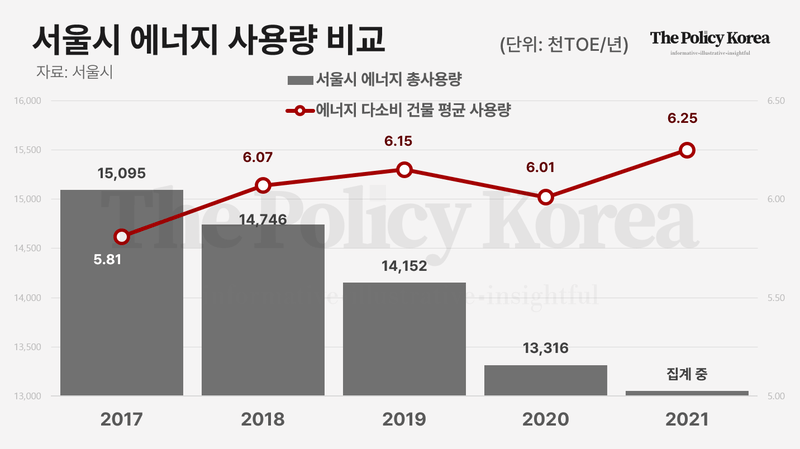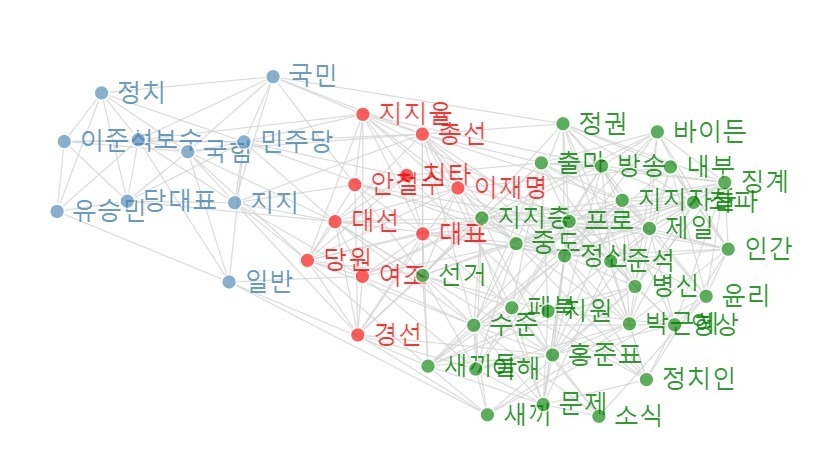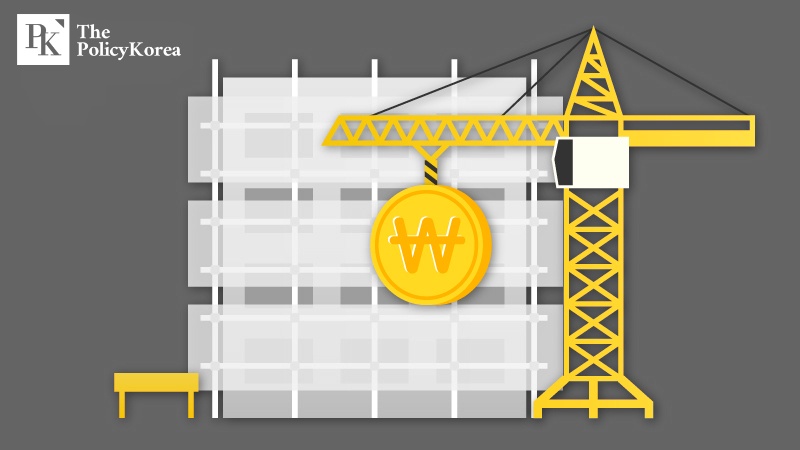[동아시아포럼] 에너지 안보를 위해 원자력 발전 확대에 주목하는 일본
원자력 정책 적극적으로 추구하는 일본 60년 넘은 노후 원자력 발전소 연장 사용하겠다는 계획 일본 원자력산업포럼 조사: 8개 원자로의 총 재가동 비용 1,900억 엔 추산
[동아시아포럼]은 EAST ASIA FORUM에서 전하는 동아시아 정책 동향을 담았습니다. EAST ASIA FORUM은 오스트레일리아 국립대학교(Australia National University)의 크로퍼드 공공정책 학교(Crawford School of Public Policy) 산하의 공공정책과 관련된 정치, 경제, 비즈니스, 법률, 안보, 국제관계 및 사회에 대한 분석 및 연구를 위한 플랫폼입니다.
저희 폴리시코리아(The Policy Korea)와 영어 원문 공개 조건으로 콘텐츠 제휴가 진행 중입니다.

파룰 박시(Parul Bakshi)는 인도 국제대학원에서 에너지 정책, 지속가능성, 건전한 에너지 전환을 연구하는 박사과정 학생입니다. 그녀의 연구는 후쿠시마 재해 이후 일본의 재생 에너지로의 전환에 초점을 맞추고 있으며, 독일의 에너지 전환 정책에서 교훈을 얻었습니다. 파룰은 자와할랄 네루 대학교에서 박사 학위를, 델리 대학교에서 석사 학위를 받았습니다. 인도-일본 관계에 관한 책을 공동 편집했으며 호주 국제 문제 및 환경 저널과 같은 학술 저널에 기고했습니다: 지속 가능한 개발을 위한 과학과 정책 등의 학술지에 기고했습니다.
러시아의 우크라이나 침공으로 일본은 에너지 전략을 다시 한 번 재평가해야 했습니다. LNG 가격의 급격한 상승, 러시아산 LNG 수입 의존도를 낮출 수 있는 에너지 대안의 부족, 일본의 에너지 안보를 보장하는 동시에 러시아산 석탄과 석유 수입을 단계적으로 중단하겠다는 일본의 약속이 이러한 재평가를 어렵게 만들고 있습니다. 심지어 에너지 소비를 줄이기 위해 터틀넥을 입으라는 조치도 제안됐죠.
일본 정부는 당연히 에너지 안보에 대한 불확실성을 핑계 삼아 원자력 에너지 정책을 적극적으로 추진하고 있습니다. 이러한 정책은 아베 신조 전 총리의 정권으로 거슬러 올라갑니다. 2012년 후쿠시마 원전 사고 이후 아베 총리는 원자력을 일본의 잠재적 핵심 에너지원으로 다시 논의하기 시작했습니다. 원자력은 일본의 에너지 자급률을 높이는 데 중요한 기둥으로 선전되었죠. 또한 온실가스 배출을 줄이고 탈탄소화 목표를 달성하는 수단이자 전력의 귀중한 공급원으로서 원자력의 사용이 제안되고 있습니다. 기시다 후미오 일본 총리는 지난 한 해 동안 여러 차례 원자력의 중요성을 강조하며 원자력 사용을 가속화할 것을 촉구해 왔습니다.
그러나 기시다 내각의 녹색 전환(GX) 전략 계획은 일본의 10년 전 에너지 정책 목표를 재탕한 것에 불과하며, 향후 10년간 원자력 에너지 사용 증가 추세를 가속화하겠다고 약속한 것에 불과하다는 비판을 받고 있습니다. GX는 2030년 일본 에너지 믹스의 20~22%를 원자력이 차지할 것으로 가정하고 있는데, 이는 일본 정부가 2014년 에너지 기본 계획에서 제시한 목표입니다. 하지만 2022년 원자력은 일본 전력 공급의 약 8%를 충당할 뿐이었습니다.
기시다 정부는 이 목표를 달성하기 위해 현재 60년으로 제한되어 있는 원자력 발전소의 수명 연장을 추진하고 있습니다. 일본 정부는 수명 연장이 신규 발전소 건설보다 훨씬 저렴하다고 생각하지만, 여전히 상당한 자본 투자가 필요합니다. 국제에너지기구는 1기가와트 원전 용량의 가동 수명을 최소 10년 연장하는 데 5억 달러에서 10억 달러가 소요될 것으로 추산하고 있습니다. 미국과 같은 국가들이 원자로의 수명을 연장했지만, 전 세계에서 60년 이상 상업적으로 운영된 원자로는 없습니다.
기시다 내각은 또한 노후화된 원자력 시설을 경수로, 소형 원자로, 핵융합과 같은 신기술로 대체할 것을 제안하고 있습니다. 이러한 기술은 유망할 수 있지만 현재 상업적 실행 가능성은 미지수입니다.
2050년 이후 원자력이 일본 전력의 10%만 공급하더라도 10기 이상의 원자로를 새로 건설해야 할 수도 있습니다. 또한 원자로 재가동에는 원자로 크기나 수명에 관계없이 대당 7억 달러에서 10억 달러에 이르는 막대한 비용이 발생합니다. 일본 원자력산업포럼의 조사에 따르면 2011 회계연도부터 2017년 3월까지 8개 원자로의 총 재가동 비용은 1,900억 엔(미화 170억 달러)으로 추산됩니다.
그러나 닛케이 신문의 여론조사에 따르면 일본인의 53%는 안전만 보장된다면 원자로 재가동을 지지한다고 답했는데, 이는 10년 만에 처음으로 과반수가 원전 재가동을 지지한 것입니다. 그러나 엄격한 안전 규제, 원자력 규제 당국의 검사, 원자로에 대한 시민들의 집단 소송은 후쿠시마 이후 원자력 발전으로 돌아가는 데 걸림돌입니다. 이러한 병목 현상은 여론이 변화하는 와중에도 계속 존재하고 있습니다. 그러나 접수된 3,000건 이상의 대중 의견은 원자력 정책 전환에 비판적이었습니다. 이에 니시무라 야스토시 일본 경제산업상은 정부의 계획을 명확히 설명해 국민들의 이해를 높이겠다고 밝히기도 했습니다.
일본 내 신규 원자력 발전소 건설을 검토하겠다는 기시다 외무상의 발표에 대해 고이즈미 준이치로 전 총리는 이 정책이 실패할 수 있는 이유를 거듭 강조했습니다. 그는 안전과 재정 문제를 강조하는 것 외에도 핵폐기물의 위험성과 처분장을 찾는 데 따르는 어려움을 강조했습니다.
이전에 전문가들은 일본이 원자력 에너지 정책, 특히 기존 원자로의 운명에 대해 더 명확하게 설명할 필요가 있다고 강조한 바 있습니다. 일본 정부가 원자력을 장려하기 위해 취하고 있는 조치는 일본이 나아갈 방향을 보여줍니다. 그러나 방사성 폐기물 처리, 위험 최소화, 상업적 타당성 등의 문제와 관련하여 원자력 에너지와 관련된 정부의 목표를 어떻게 달성할 수 있을지에 대한 의문이 계속 제기되고 있습니다.
원자력을 일본 에너지 전환의 핵심 요소로 삼겠다는 정부의 비전을 실현하기 위해서는 안정적인 정치적 리더십, 일관된 이해관계자 참여, 적절한 입법이 필요합니다. 그러나 정부는 비용편익 분석을 신중히 수행하여 원자력 에너지 추진이 오히려 재생에너지 확대를 저해하는 대가를 치르지 않도록 해야 합니다.
Japan eyes more nuclear power for energy security
Russia’s invasion of Ukraine has pushed Japan to reevaluate its energy strategy once again. A sharp rise in the price of LNG, a lack of energy alternatives to reduce reliance on Russian LNG imports and Tokyo’s commitment to phasing out Russian coal and oil imports — all while ensuring Japan’s energy security — are making this reevaluation difficult. Even measures such as wearing turtlenecks to reduce energy consumption have been suggested.
The Japanese government is unsurprisingly using the uncertainty around energy security as a reason to proactively push its nuclear energy policy. The policy can be traced to former prime minister Shinzo Abe’s administration. In 2012, following the Fukushima nuclear disaster, Abe put nuclear energy back on the table as a potential critical energy source for Japan. Nuclear power has been touted as an important pillar in enhancing Japan’s energy self-sufficiency. Its use is also proposed as a way to reduce greenhouse gas emissions, meet decarbonisation targets and a valuable source of baseload electricity. Japan’s Prime Minister Fumio Kishida has been emphasising the importance of nuclear power, calling for accelerating nuclear energy use on several occasions in the past year.
But the Kishida cabinet’s Green Transformation (GX) strategic plan is being criticised for merely restating Japan’s decade old energy policy goals while pledging to accelerate the previously promised trend of nuclear energy use over the next ten years. GX assumes that nuclear power will account for 20–22 per cent of Japan’s energy mix in 2030 — a target that the Japanese government proposed in its Basic Energy Plan in 2014. In 2022, though, nuclear power only accounted for around 8 per cent of electricity supply.
Kishida’s government hopes to extend the operation of nuclear power plants beyond the current 60-year limit to achieve this target. While the government believes life extensions are considerably cheaper than building new plants, they still represent substantial capital investments. The International Energy Agency estimates that extending the operational life of one gigawatt of nuclear capacity for at least 10 years costs US$500 million to US$1 billion. Even though countries like the United States have extended the lifespan of their reactors, no reactor in the world has been in commercial operation for more than 60 years.
Kishida’s cabinet also proposes replacing aging nuclear facilities with new technologies like light-water reactors, small nuclear reactors and nuclear fusion. While these technologies could be promising, their present commercial viability is questionable.
Even if nuclear power supplies only 10 per cent of Japan’s electricity after 2050, more than 10 new reactors may have to be built. Reactor restarts also incur significant costs ranging from US$700 million to US$1 billion per unit, regardless of reactor size or age. From the 2011 financial year to March 2017, total restart costs were estimated to be 1900 billion yen (US$17 billion) for eight companies, according to a Japan Atomic Industrial Forum survey.
Yet according to polling by Nikkei, 53 per cent of Japanese support restarting reactors so long as safety can be ensured — the first time a majority has favoured this in over a decade. But stringent safety regulations, Nuclear Regulation Authority inspections and citizens’ class action lawsuits against reactors have hindered the desired pace of a post-Fukushima return to nuclear power. These bottlenecks continue to exist, even while public opinion might be shifting. However, over 3000 public comments received were critical of the nuclear policy shift. As a result, Yasutoshi Nishimura, Japan’s Minister for Economy, Trade and Industry, has stated that the government’s plan would be explained clearly to deepen public understanding of it.
In response to Kishida’s announcement to consider the construction of new nuclear power plants in Japan, former prime minister Junichiro Koizumi reiterated reasons why the policy could fail. Other than stressing safety and financial concerns, he emphasised the dangers of nuclear waste and the challenges in finding a disposal site.
Previously, observers have highlighted the need for Japan to provide more clarity on its nuclear energy policy, especially regarding the fate of existing nuclear reactors. The steps the government is taking to promote nuclear energy show the direction Japan intends to take. But there continue to be questions about how the government’s goals related to nuclear energy will be achieved — especially around issues such as radioactive waste treatment, risk minimisation and commercial feasibility.
Stable political leadership, consistent stakeholder engagement and appropriate legislation are required to make the government’s vision for nuclear energy to become a critical element in Japan’s energy mix a reality. But the government should be mindful of cost–benefit analyses and ensure the push for nuclear energy does not come at the cost of reversing the expansion of renewables.



























